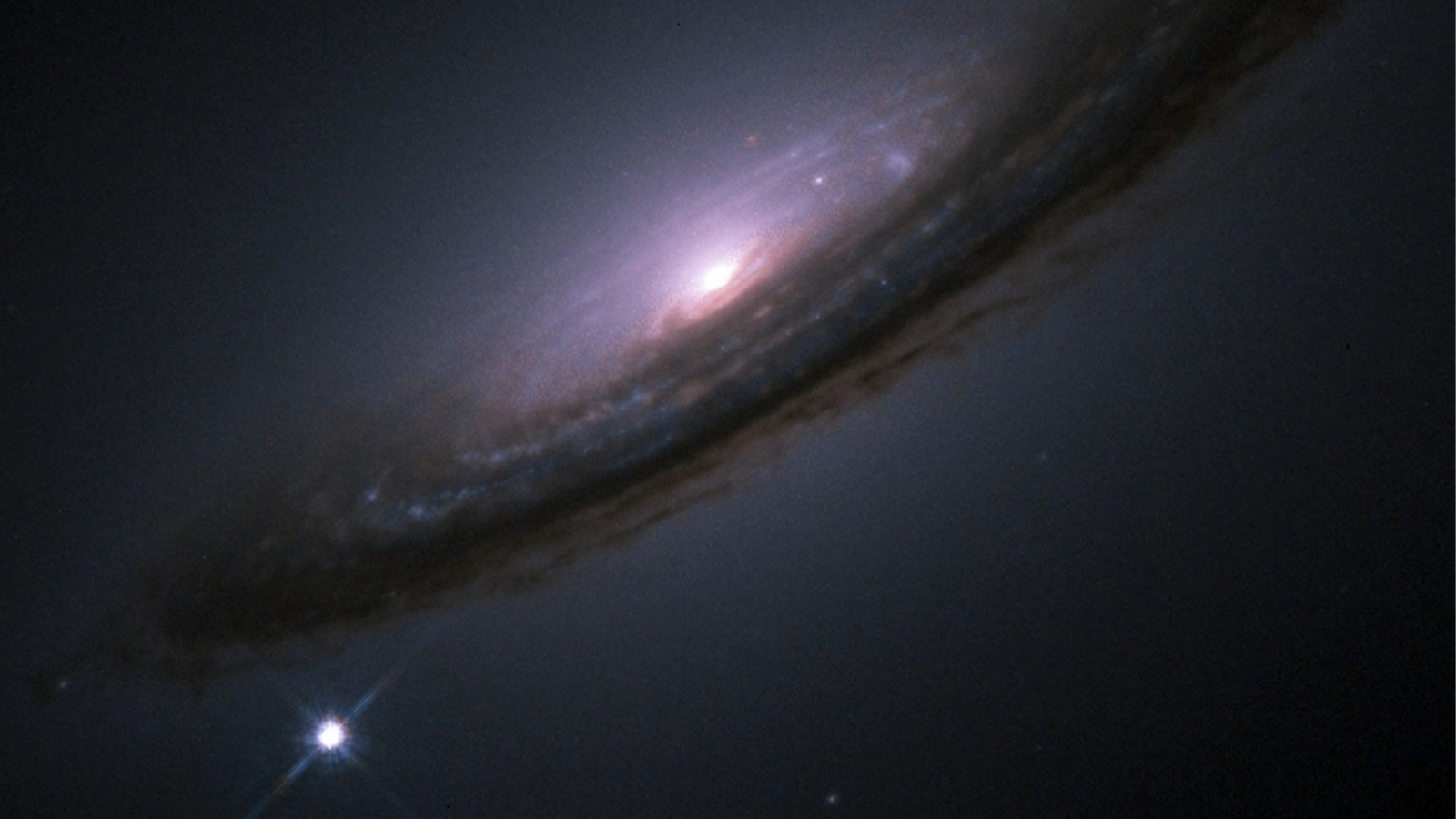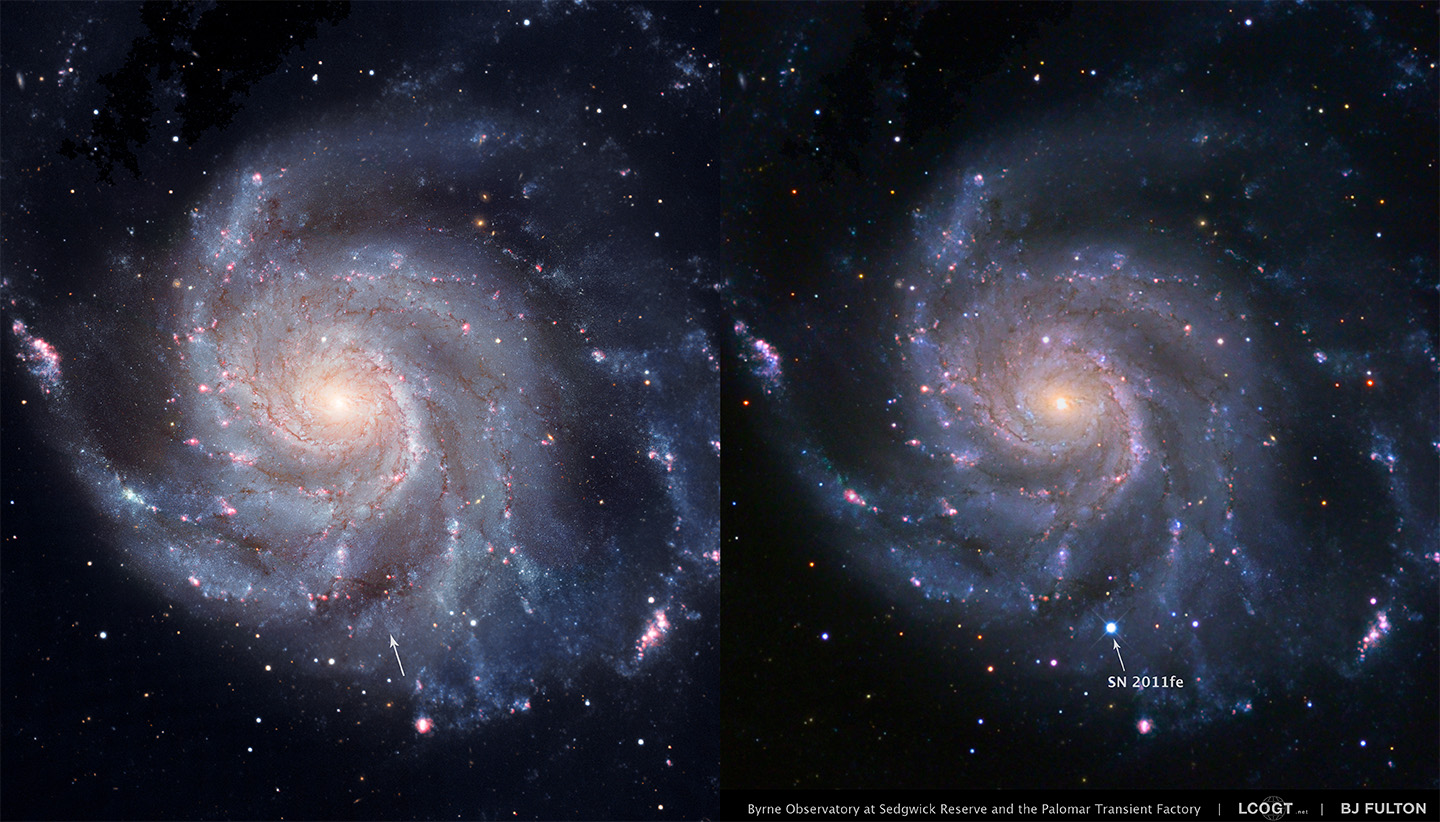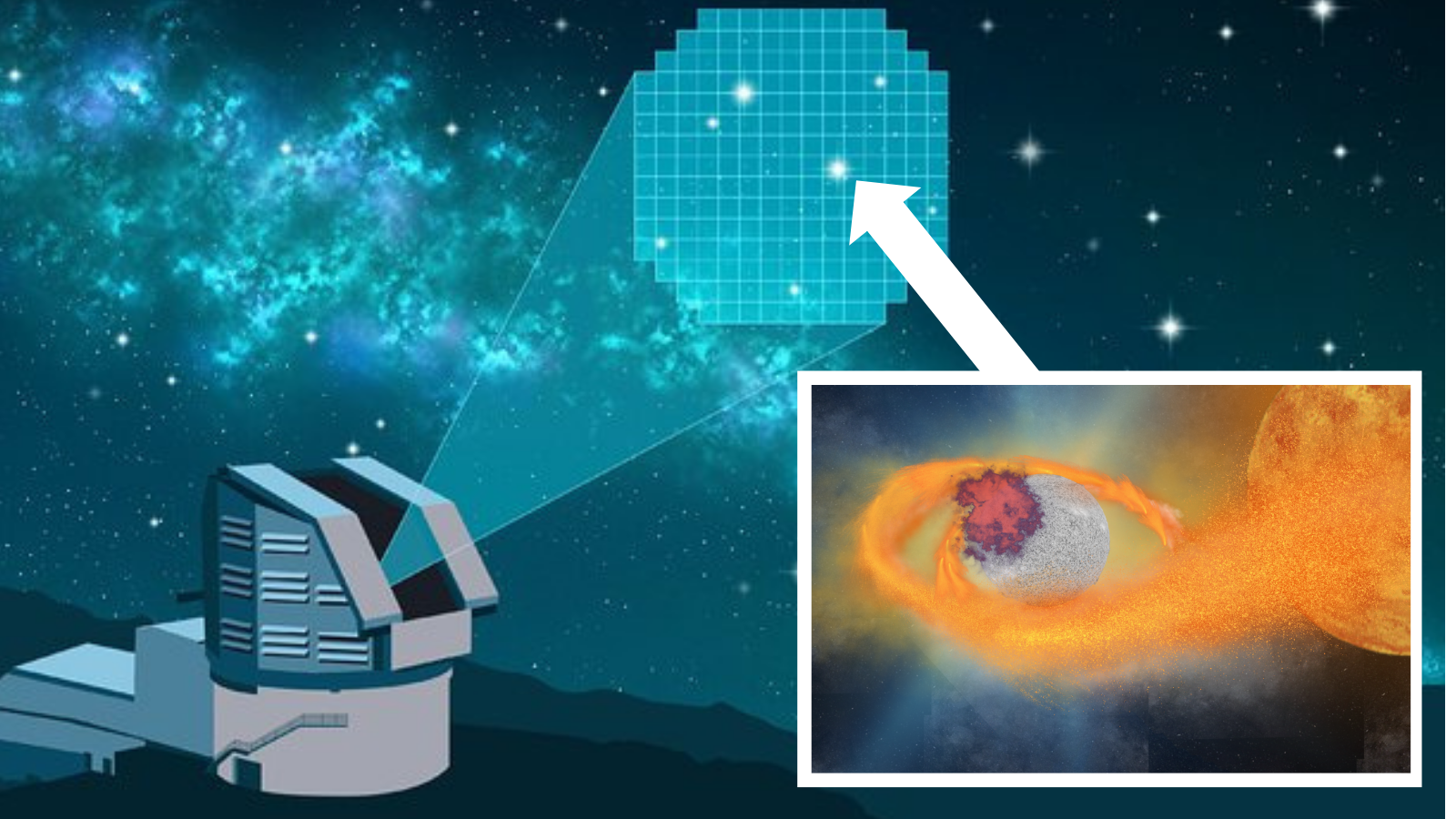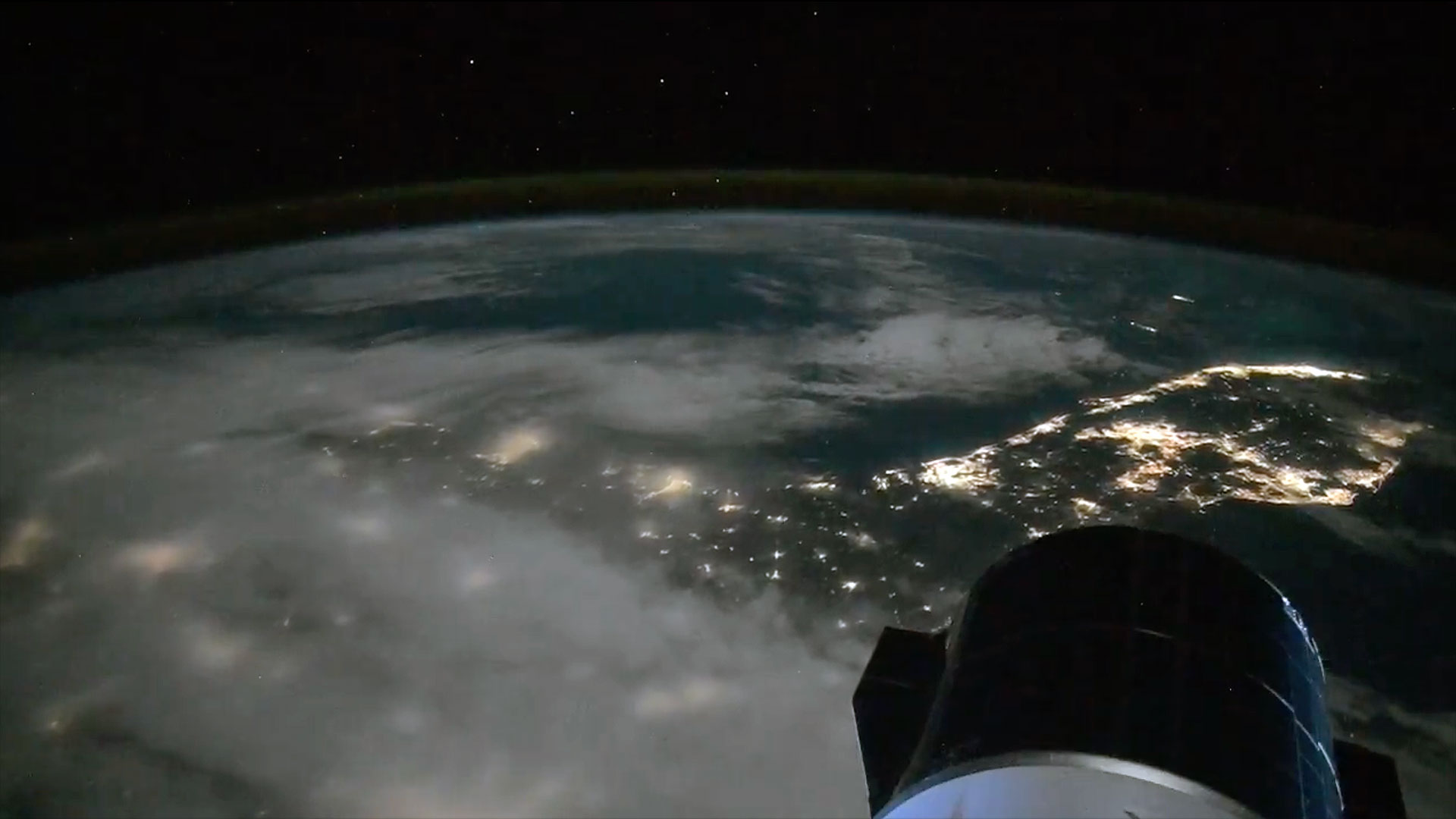Largest-ever supernova catalog ever provides further evidence dark energy is weakening
"We've been waiting to reach this point for a long time."

Using the largest catalog of exploding white dwarf vampire stars ever gathered has provided further evidence that dark energy, the mysterious force accelerating the expansion of the universe, is getting weaker.
Hints at the evolution of dark energy, which accounts for around 70% of the universe's mass and energy, were first delivered last year by the Dark Energy Spectroscopic Instrument (DESI). This indication was shocking because the best description we have of the cosmos, the standard model of cosmology, or the Lambda Cold Dark Matter (LCDM) model, predicts that dark energy should be constant over time.
These new results, provided by the Supernova Cosmology Project and consisting of 2,087 detonating vampire stars, otherwise called standardized Type 1a supernovas, constitute another line of evidence that dark energy is not constant and that the LCDM may need revision.
If dark energy is weakening, this would have ramifications for our understanding of how the cosmos will end.
"Dark energy makes up almost 70% of the universe and is what drives the expansion, so if it is getting weaker, we would expect to see expansion slow over time," team leader and University of Hawaii at Mānoa researcher David Rubin said in a statement. "Does the universe expand forever, or eventually stall, or even start contracting again? It depends on this balance between dark energy and matter.
"We want to find out which wins, and we want to understand this underlying piece of our universe."
Exploding vampires and cosmic rulers
Type 1a supernovas involve stellar remnants called white dwarfs that are left behind when stars around the size of the sun die. When in close binary partnerships with other stars, these stellar corpses can steal matter like a cosmic vampire.
Breaking space news, the latest updates on rocket launches, skywatching events and more!
This material builds up on a white dwarf until the dead star is tipped over the so-called Chandrasekhar limit, around 1.4 times the mass of the sun. Exceeding this limit means the white dwarf can go supernova.
The resultant explosions are Type 1a supernovas — and they are useful as a measurement tool for astronomers because their light output is uniform from event to event. By comparing Type 1a supernovas at different distances and seeing how their light has been redshifted by the expansion of the universe, the value for the rate of expansion of the universe (the Hubble constant) can be obtained. Then, that can be used to understand the impact of dark energy on the cosmos at different times.
This story is fitting because it was the study of 50 Type 1a supernovas that first tipped astronomers off to the existence of dark energy in the first place back in 1998.
Since then, astronomers have observed a further 2,000 Type 1a supernovas with different telescopes. This new project corrects any differences between those observations caused by different astronomical instruments, such as how the filters of telescopes drift over time, to curate the largest standardized Type 1a supernova dataset ever. It's named Union3.

Union3 contains 2,087 supernovas from 24 different datasets spanning 7 billion years of cosmic time. It builds upon the 557 supernovas catalogued in an original dataset called Union2.
Analysis of Union3 does indeed seem to corroborate the results of DESI — that dark energy is weakening over time — but the results aren't yet conclusive.
What is impressive about Union3, however, is that it presents two separate routes of investigation that both point toward non-constant dark energy.
"I don't think anyone is jumping up and down getting overly excited yet, but that's because we scientists are suppressing any premature elation since we know that this could go away once we get even better data," Saul Perlmutter, study team member and a researcher at Berkeley Lab, said in a statement. "On the other hand, people are certainly sitting up in their chairs now that two separate techniques are showing moderate disagreement with the simple Lambda CDM model."
And when it comes to dark energy in general, Perlmutter says the scientific community will pay attention. After all, he shared the 2011 Nobel Prize in Physics for discovering this strange force.
"It's exciting that we’re finally starting to reach levels of precision where things become interesting and you can begin to differentiate between the different theories of dark energy," Perlmutter said.

The team's Type 1a supernova dataset will grow with a further three datasets due to be added next year. Two of these will be high-redshift supernovas seen at great distances, while one will contain more local low-redshift supernovas. That should help better calibrate the new results, the researchers say.
"We wanted to set a baseline before we bring in several hundred new low-redshift supernovas, which is one of the areas where the calibration is most crucial and where we have some of the weakest datasets in the results so far," Greg Aldering, study team member and a researcher at Berkley Lab, said in the statement. "We think we really understand the calibration in a way no one has before, and we’re excited to add more supernovas and see what they can tell us about dark energy."
This analysis will be further bolstered when data starts rolling in from the Vera C. Rubin Observatory. Rubin is projected to potentially uncover 1 million Type 1a supernovas over its ten-year-long Legacy Survey of Space and Time (LSST) survey.
This research could really deliver when it is once again combined and compared with observations of fluctuations in the early matter concentrations called baryon acoustic oscillations (BAO) measured by DESI.
"BAO can look further back in time to when dark energy played less of a role in the universe, and supernovas are particularly precise in the more recent universe," Perlmutter said. "The two techniques are getting good enough that we can really start saying things about the dark energy models.
"We've been waiting to reach this point for a long time."

Robert Lea is a science journalist in the U.K. whose articles have been published in Physics World, New Scientist, Astronomy Magazine, All About Space, Newsweek and ZME Science. He also writes about science communication for Elsevier and the European Journal of Physics. Rob holds a bachelor of science degree in physics and astronomy from the U.K.’s Open University. Follow him on Twitter @sciencef1rst.
You must confirm your public display name before commenting
Please logout and then login again, you will then be prompted to enter your display name.
